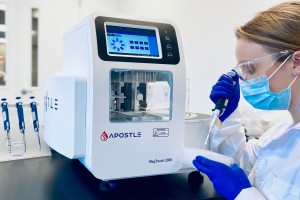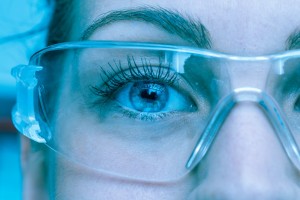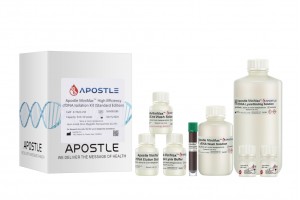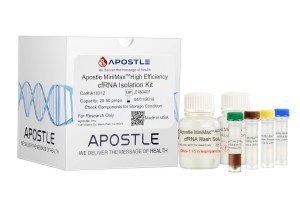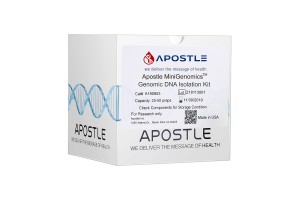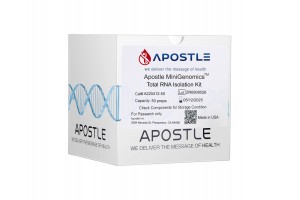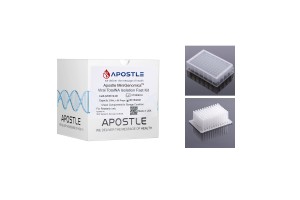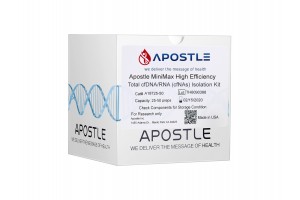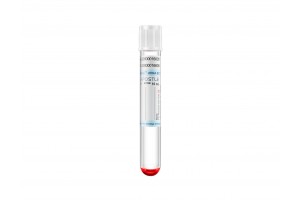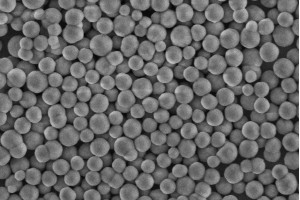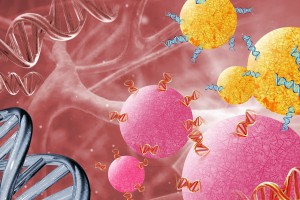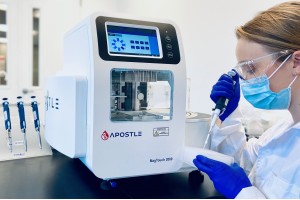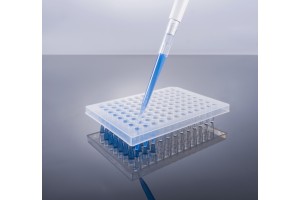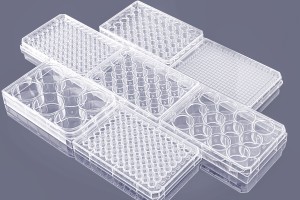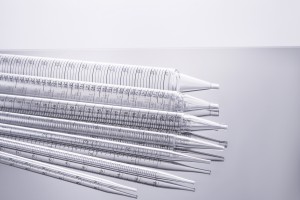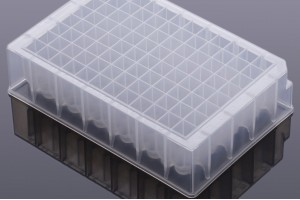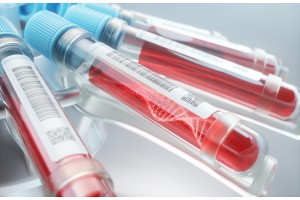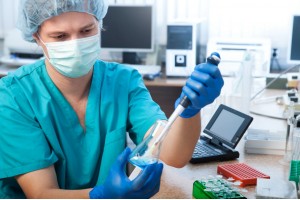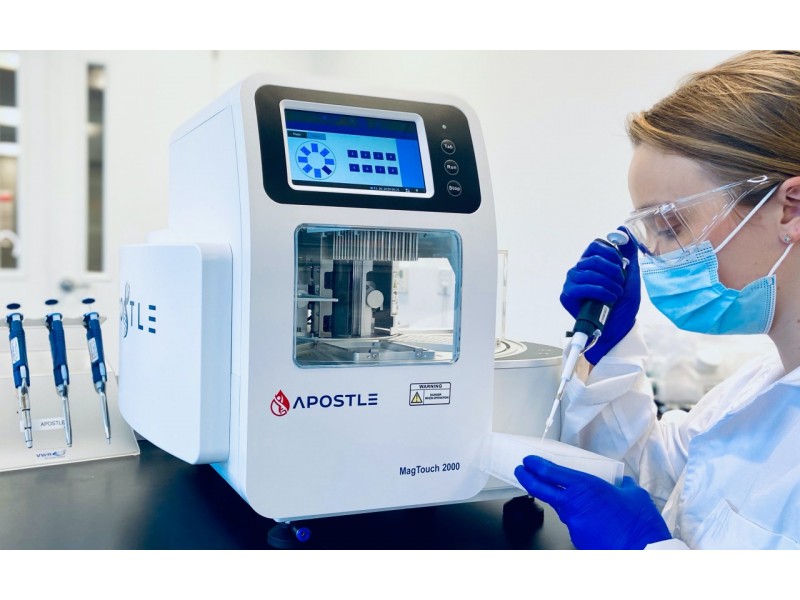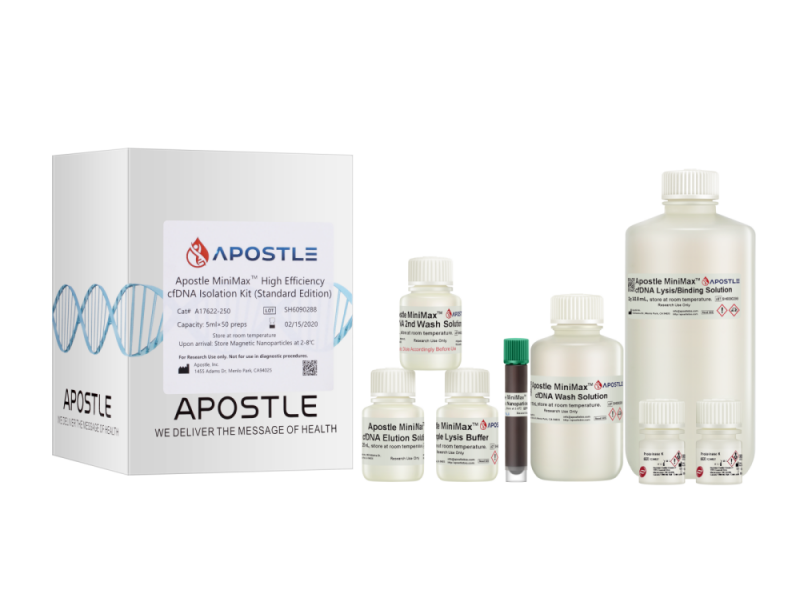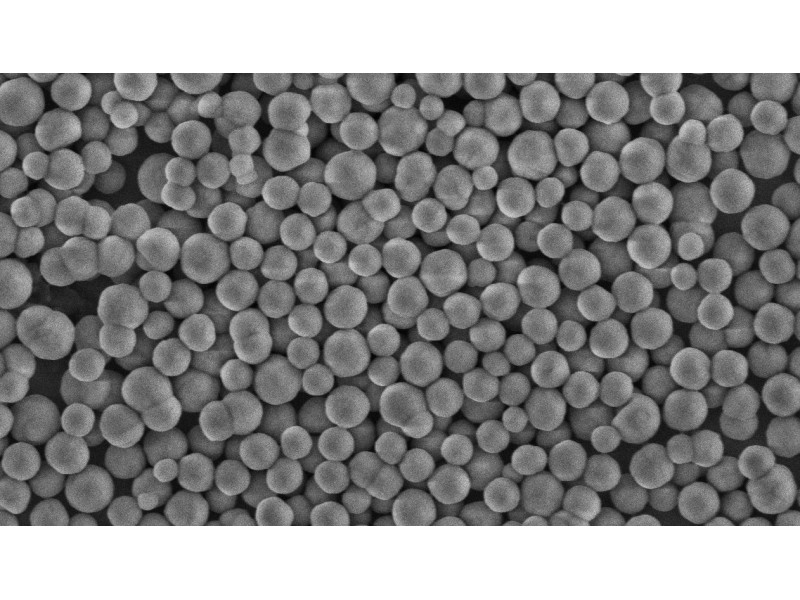Background
Circulating free DNA (cfDNA) are degraded DNA fragments released to the blood plasma after diseased or normal cells die. cfDNA can be used to describe various forms of DNA freely circulating the bloodstream, including circulating tumor DNA (ctDNA) and cell-free fetal DNA (cffDNA), and therefore, has become a biomarker for cancer and fetal medicine. In addition, it can be used for a wide range of conditions, including sepsis, aseptic inflammation, transplantation, etc.
A liquid biopsy is the sampling and analysis of non-solid biological tissue, primarily blood, often utilizing cfDNA as a biomarker. A liquid biopsy has unleashed the potential to track and monitor important diseases, such as cancer, in a non-invasive and more effective manner.
Extensive scientific research has shown liquid biopsy to have important advantageous properties for clinical utility (e.g., most recently 1-4). Therefore, it has been named as a top breakthrough technology that will disrupt healthcare especially for cancer by the World Economic Forum (2017) 5, Forbes (2016) 6, and MIT Technology Review (2015) 7.


